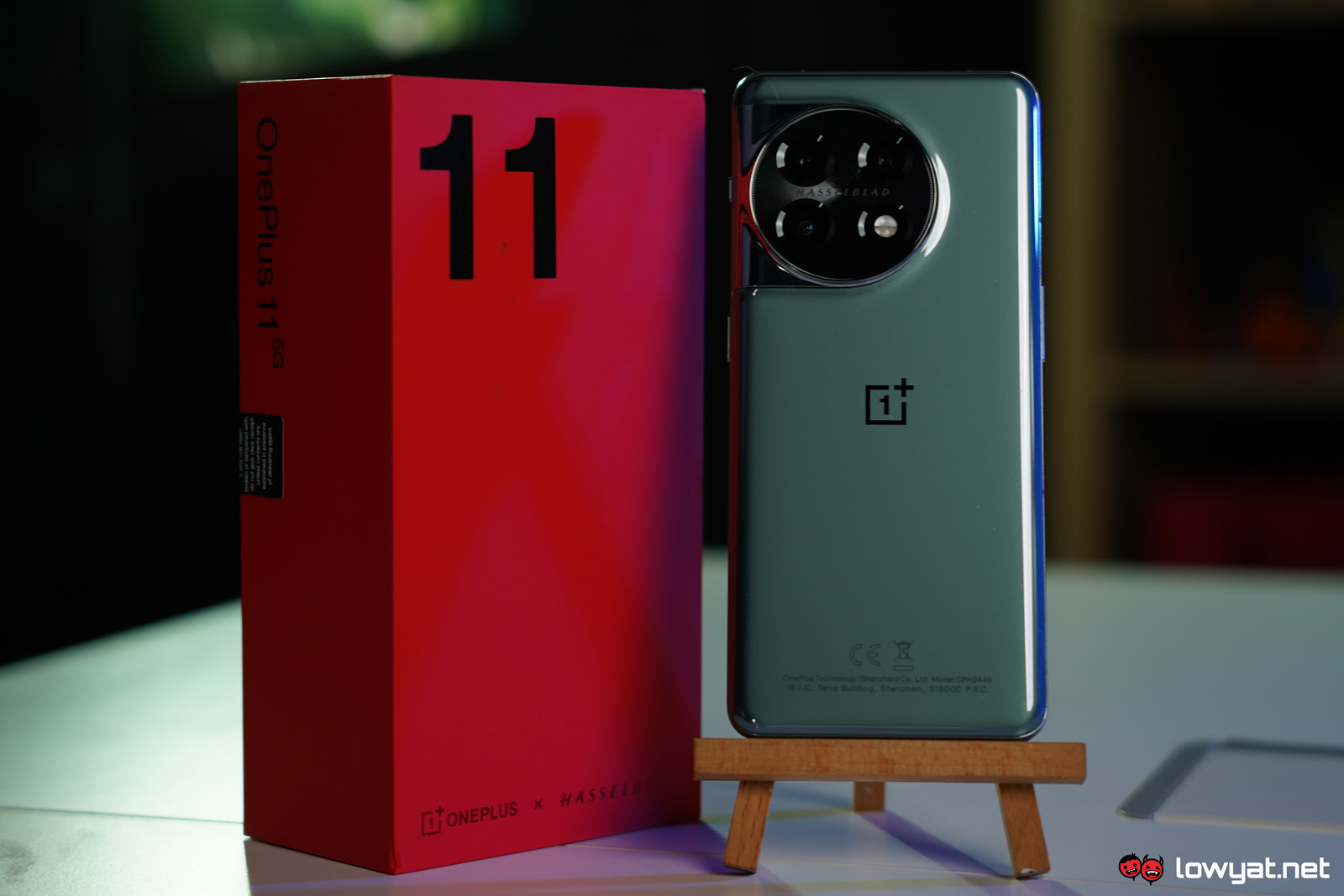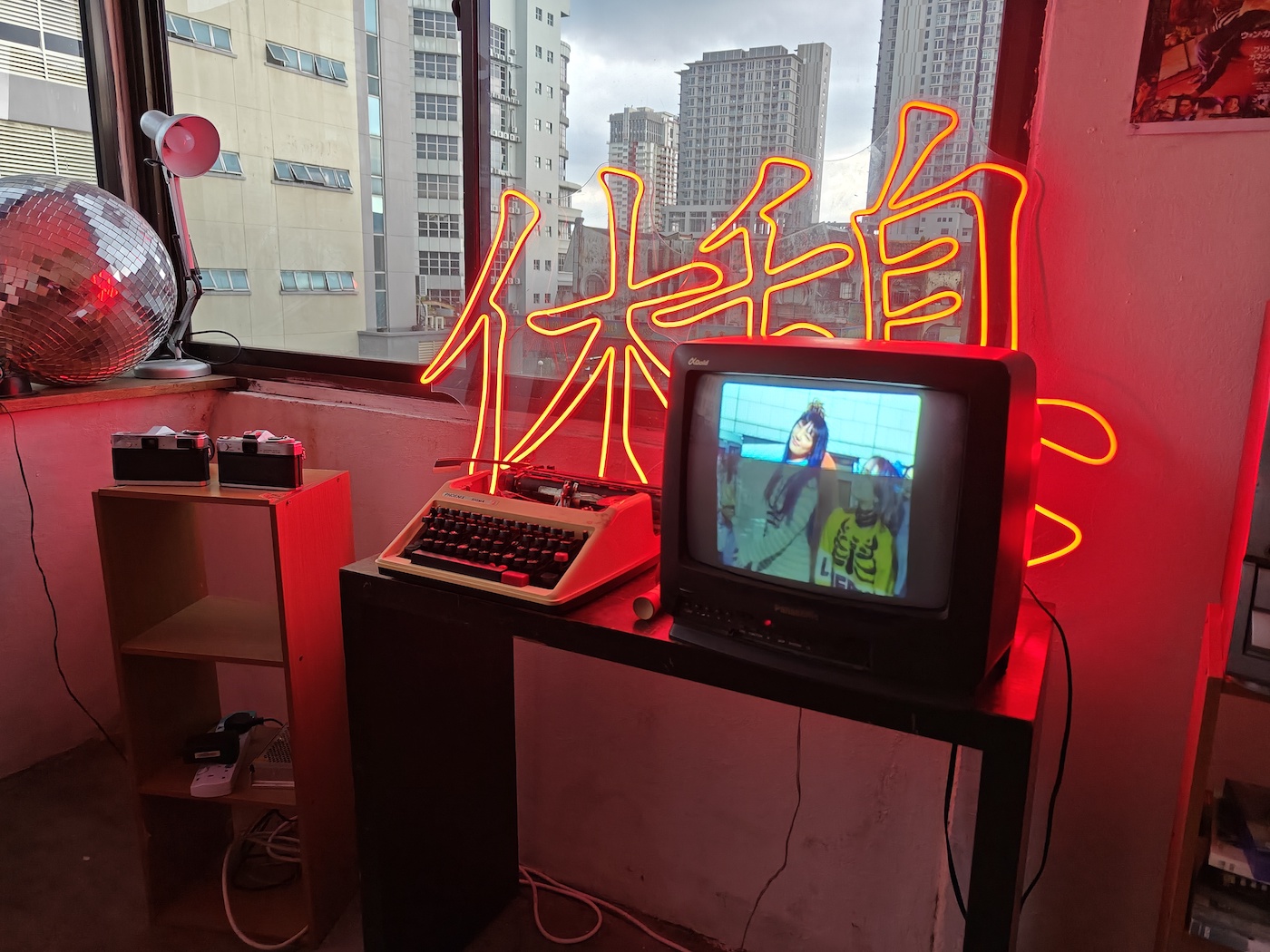OnePlus released its latest flagship, the OnePlus 11, in Malaysia earlier this month, tying it with the iQoo 11 as the cheapest phone running on the Qualcomm Snapdragon 8 Gen 2 chipset available in the local market. The phone is a follow-up to last year’s 10 Pro and 10T with some much-needed improvements as well as a return of a certain beloved feature that’s certainly reignited my love for the brand.
The OnePlus 11 is available in two variants: an 8GB+128GB model in black that’s priced at RM3299 and a 16GB+256GB version in green for RM3599. This makes the new device significantly cheaper than its Pro predecessor while still maintaining the Hasselblad branding for its cameras’ image tuning.
Specifications
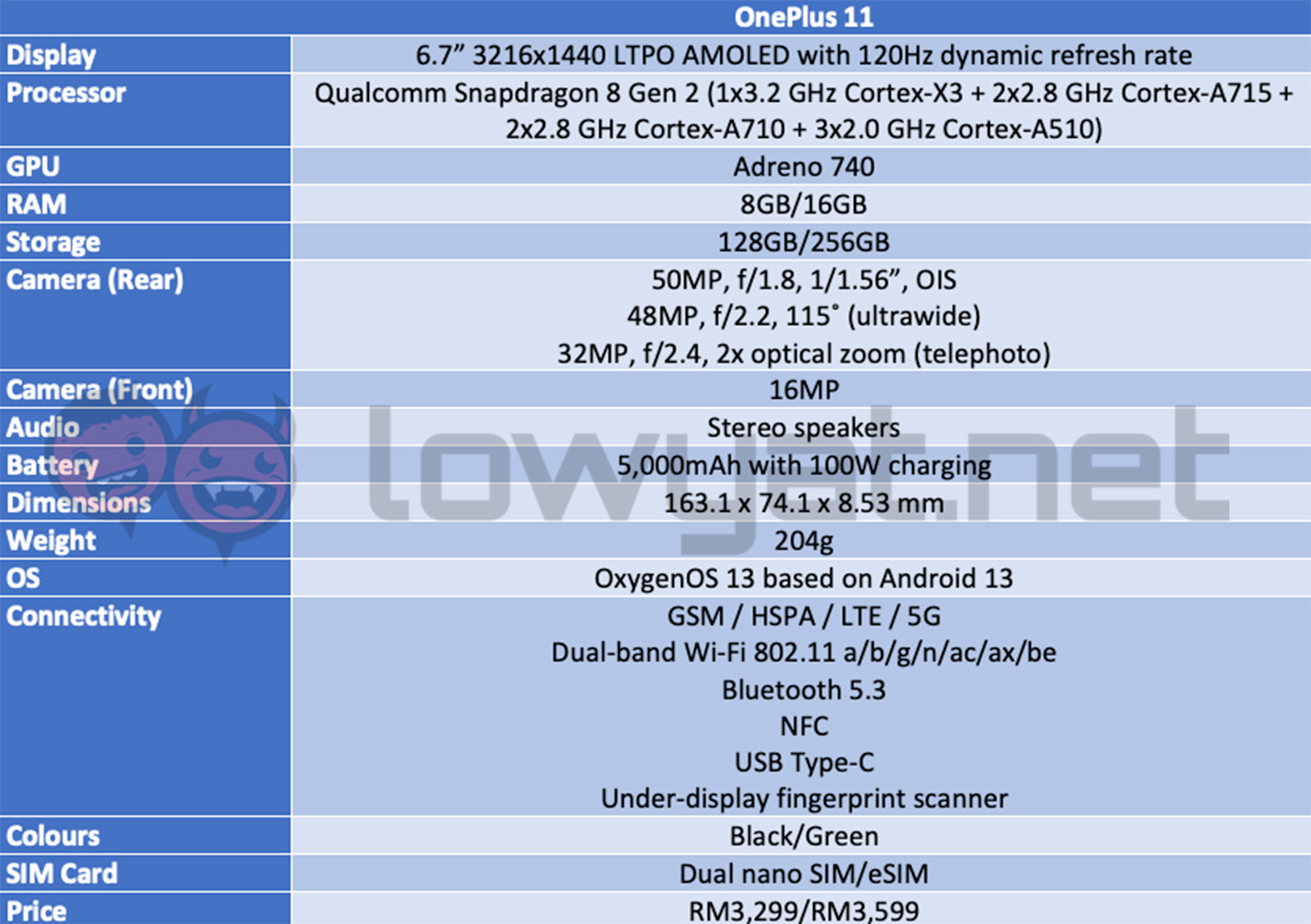
Running on the most powerful SoC from Qualcomm, the phone is quite future-proof with support for the latest connectivity features such as 5G, eSIM, Bluetooth 5.3, and even the next-gen Wi-Fi 7 standard. The charging speed has been downgraded from the 10T’s 150W charging, but it is still respectably fast nonetheless. Its display gets a higher pixel density from the 10T as the brand kept the device at the same size while increasing the resolution.
The phone’s colour depends on the configuration, so unfortunately, if you prefer the green colourway, you will have to fork out an extra RM300 for the 16GB+256GB variant. Not only that, but you also get slower UFS 3.1 storage if you opt for the 128GB model while the 256GB one uses UFS 4.0.
Design
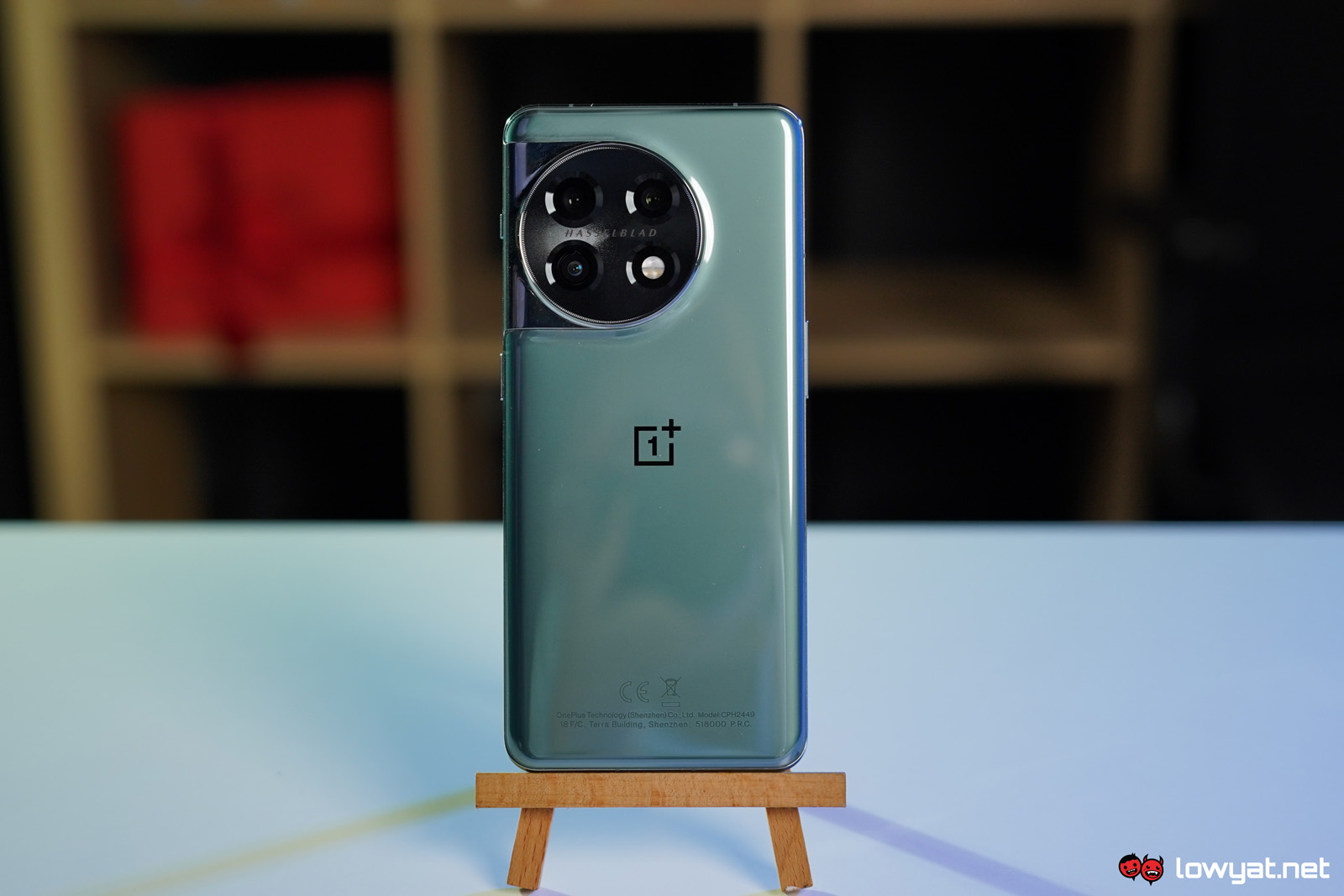
The OnePlus 11 carries forward many of the design elements from the 10 Pro, the only major difference seemingly being the camera module. Like previous flagships under the brand, the phone is wrapped in shiny glass for a premium feel, bringing the usual issues such as the phone being slippery and acting as a fingerprint magnet the moment you hold it, so I would strongly recommend getting the bumper case for it.
For fans of the flat display , the 11 unfortunately brings back the curved edges from the 10 Pro instead of the flat design of the 10T. That being said, the curves on this model don’t feel too extreme as in my time using it, I didn’t experience any accidental touches on the sides.
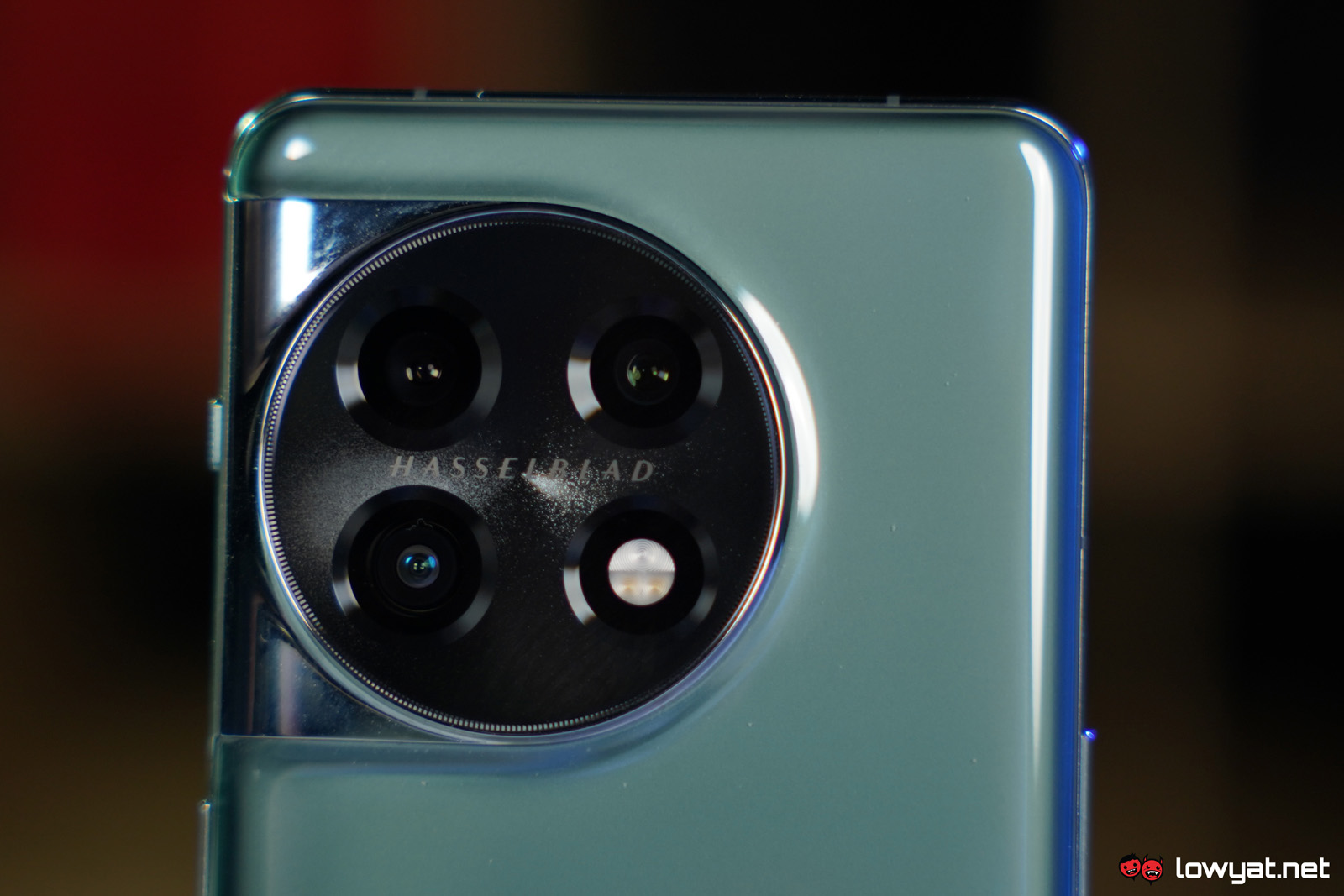
The camera bump design is where definitely what OnePlus mainly focused on, with the module being bigger and more prominent than ever. Instead of its predecessor’s decision to blend the cameras into the back of the phone as much as possible, the 11 makes sure that the module stands out, opting for a circular island that connects to the side of the frame.
The camera setup is comprised of three lenses along with a flash, going for the same four-circle design as last year’s model. It might not be for everyone but honestly, I think the contrast between the black camera bump and the dark green backplate looks gorgeous when it’s not covered in fingerprints.
As for the sides of the phone, you’ll find the volume rocker on the left and on the right, OnePlus brought back the iconic physical alert slider that was scrapped for all but one generation. You know, the slider that lets you conveniently switch between ring, vibrate, and silent, all with a very satisfying click that die-hard fans will rejoice at getting back.
On the security side, the phone gives you two options for unlocking, namely an optical fingerprint sensor and face unlock, though the latter lacks the use of an infrared sensor seen in Apple’s Face ID, so it might not be as safe or reliable. The OnePlus 11 has a dust and water resistance rating of IP64, making it only suitable to withstand light splashes.
User Experience
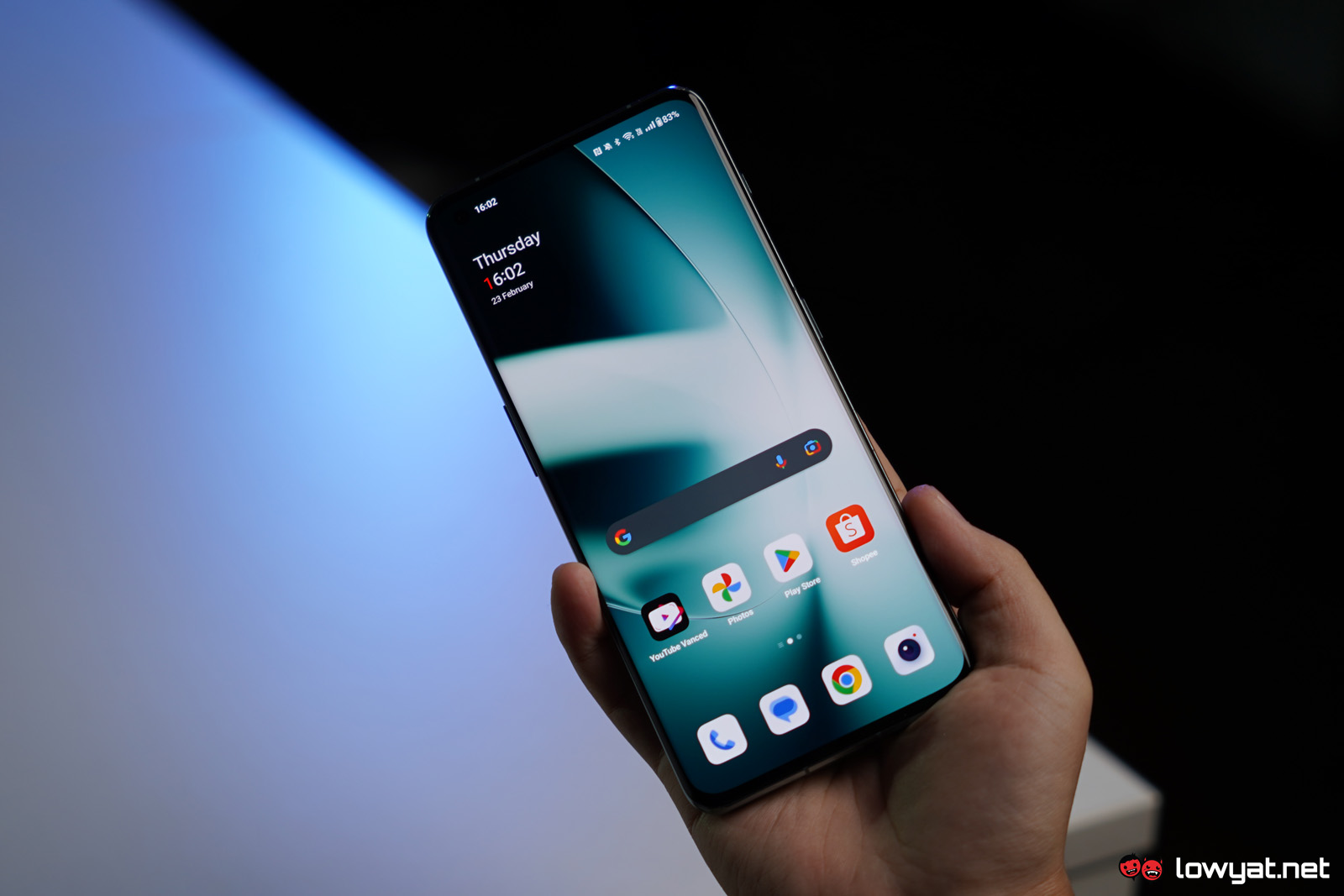
OnePlus put quite a decent display on the phone with pretty good colour accuracy and acceptable visibility for outdoor use, though it definitely isn’t the brightest screen around with a peak brightness of only 1300 nits. Everything feels smooth with the adaptive 120Hz refresh rate and because it’s using an LTPO 3.0 panel, it can go all the way down to 1Hz when there’s no on-screen activity, making it energy-efficient.
The optical fingerprint sensor has been consistently fast and reliable for me regardless of whether my fingers were sweaty or bone-dry. As for the stereo speakers, they get loud and decent with support for Dolby Atmos, which is more than what most people need for mobile video viewing, but it is a nice option to have if you find yourself alone and without headphones.
Expectations were high for the phone’s performance as it features the latest top-tier chipset from Qualcomm, and while everyday use is quite fast and snappy as with any other high-end phone, it did not perform so well with some synthetic benchmarks.
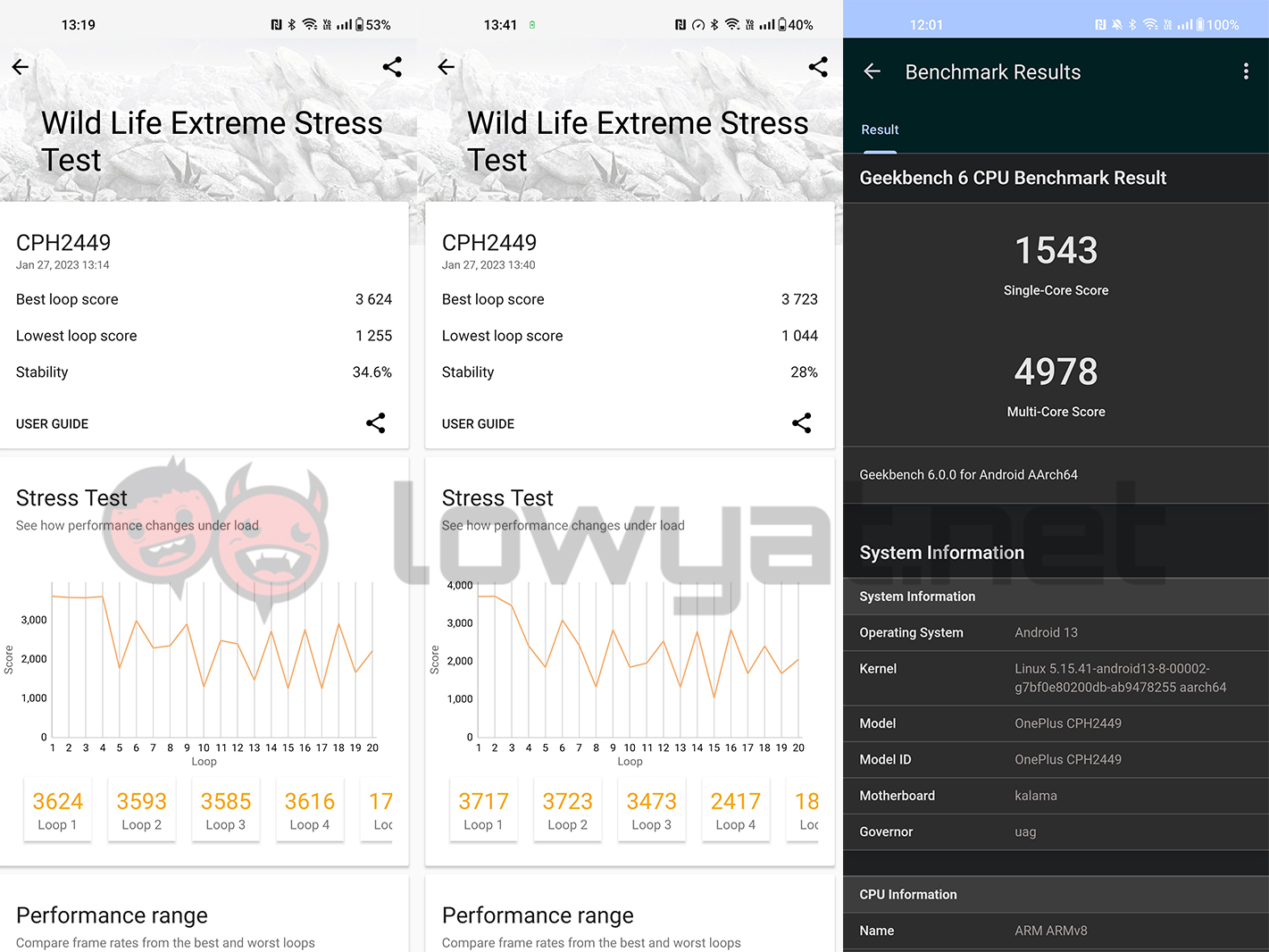
While it performed quite well in Geekbench 6, far surpassing its predecessor, the phone ran into some heating issues with the extreme stress test from 3DMark. While its best loop score is what one would expect from the Snapdragon 8 Gen 2, its lowest score is abysmal.
Quite clearly, this result isn’t caused by a lack of processing power but instead stems from a lack of proper cooling. The stress test saw the phone’s stability rated at between 28% to 34.6% after running the test a couple of times, with the latter score achieved through a test run when the phone was cool.
While there have been many flagship phones over the years that have had throttling issues because they could not handle the heat generated by a bleeding-edge SoC, it’s disappointing that OnePlus is now added to that list. Oddly enough, the temperature doesn’t actually go up that high even after a continuous heavy load as it peaked at 43 degrees, but the phone is clearly throttling the chip’s performance to prevent overheating.
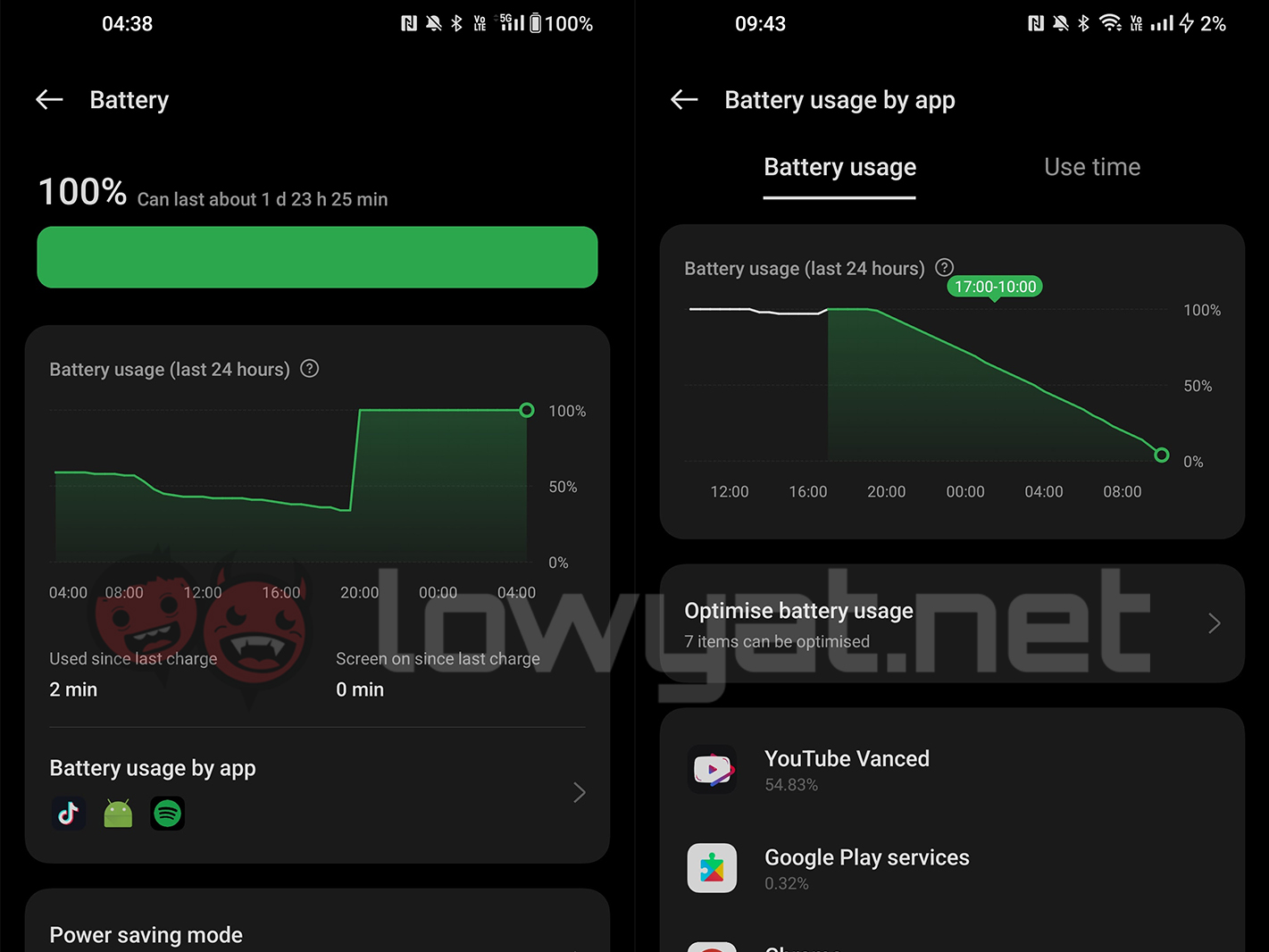
On to battery life: the OnePlus 11 performs spectacularly when it comes to everyday usage as it could easily last me two whole days without charging. Keep in mind that on most days, I’m a lite user who mostly uses the phone to stream videos and browse through social media, but even heavy users should not have much to complain about its lasting ability.
I ran the usual YouTube video loop test at 25% screen brightness and volume and it did fall short of the 10T’s time, lasting about 15 and a half hours. However, the test was run with the display set to 1440p, meaning that pixel peepers won’t have to sacrifice much battery life for the sake of a higher resolution.
While it was disappointing to find out that OnePlus wasn’t bringing back the 10T’s ridiculously fast 150W charging, the 11’s 100W speed is no sloucher either, capable of charging the phone from empty to full in under half an hour. The only downside when it comes to charging is that the company still has not included support for wireless charging, nor does it even offer wired reverse charging.
Camera
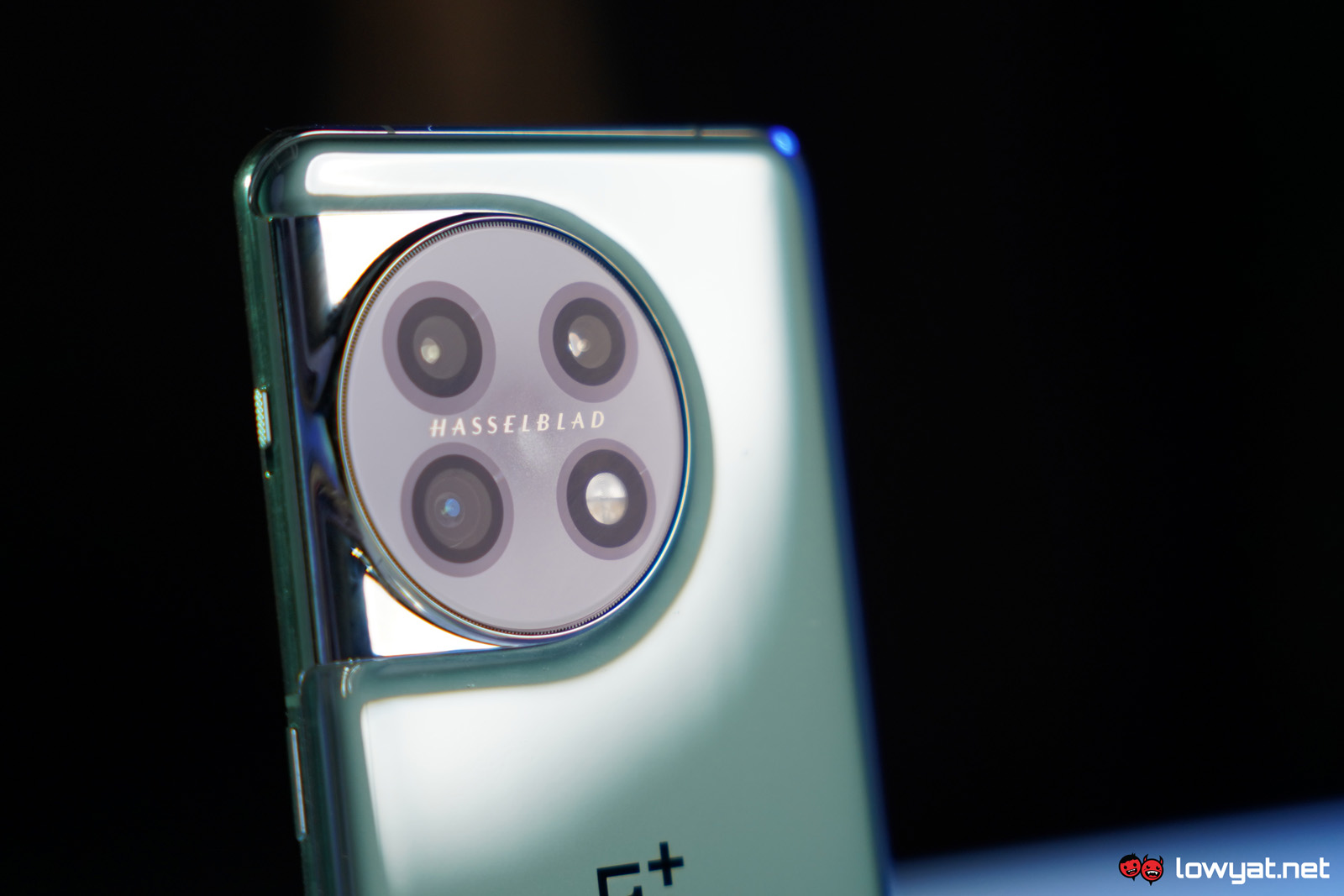
The OnePlus 11’s photography setup consists of a 50MP primary camera, a 48MP ultra-wide, and a 32MP telephoto lens on the back. Up front, the punch hole cutout on the display houses a 16MP selfie shooter.
While the main camera uses a different 50MP Sony sensor from the 10T, it still suffers from the same issues as its predecessor. In most favourable situations, the camera performs as expected at this price point with crisp details and vivid colours. Nevertheless, pictures taken by the phone have a tendency to look overblown specifically in indoor settings and the dynamic range is just so-so with crushed blacks.

Night-time photos have also not improved as the 11’s camera is still afflicted with frequent blooming when there is a bright light source such as street lamps. Additionally, the night mode tends to over-process the images to the point where the dark night sky almost appears lit up.
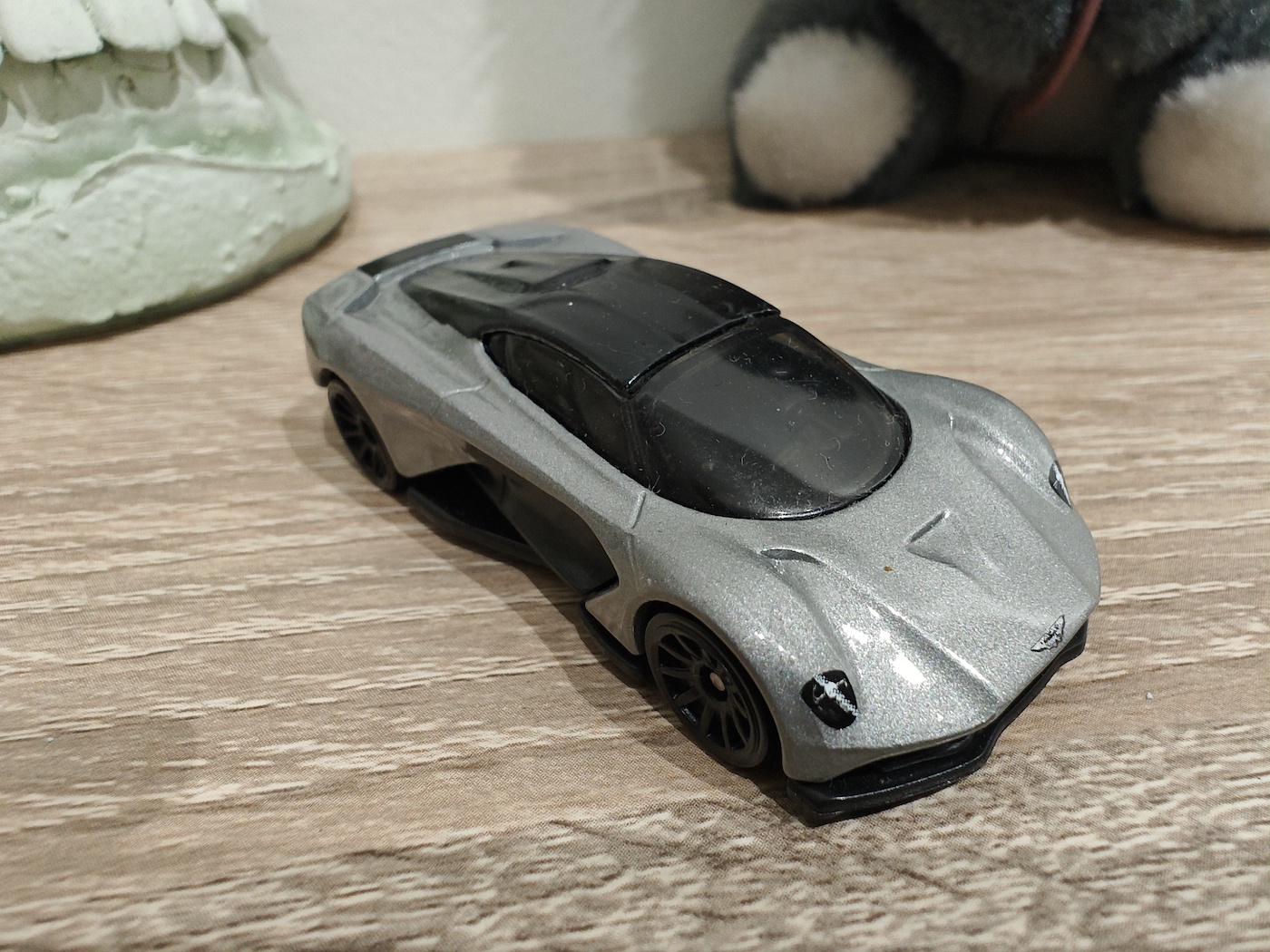
The biggest improvement for the camera module is unequivocally the use of the ultra-wide for macro photography. Because of its much larger sensor compared to the 10T’s 8MP camera, the phone uses a crop-in from the ultra-wide instead of having a dedicated low-resolution macro lens, resulting in higher-detailed close-ups. It will automatically switch to the close-up mode when you’re trying to take a photo of a subject up close, and the switch works flawlessly in my experience.
The 32MP telephoto lens is not such a notable addition as it only provides 2x optical zoom, which barely provides any more detail than just cropping in on a 50MP photo from the primary camera. As for the selfie camera, it’s sharp enough to see some details on my colleague’s facial hair but it does look a bit under-saturated.

Sample Images
Competition
iQOO 11
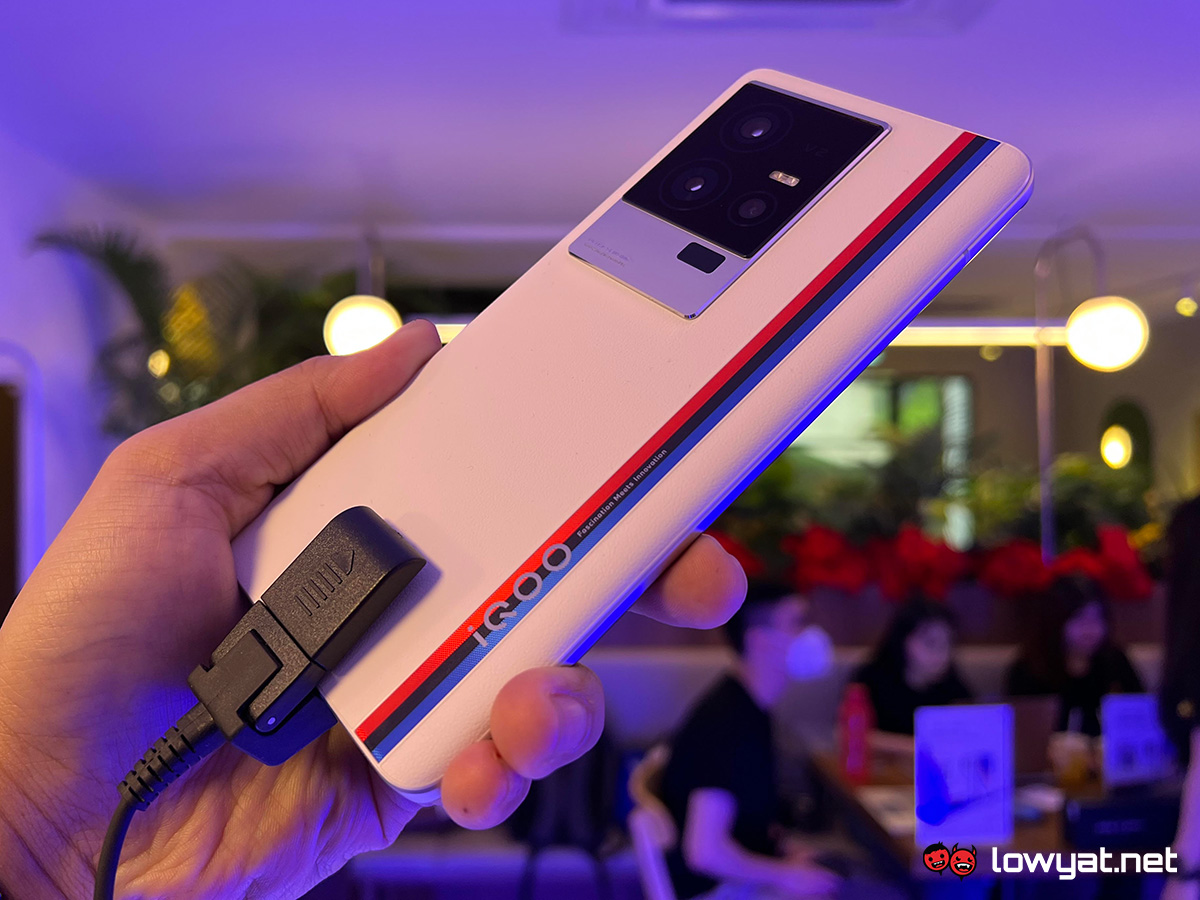
The iQoo 11 is definitely the closest competitor to the OnePlus 11 as they both start at the same price. However, while they both are running on the same chipset, the iQoo device technically wins in terms of value as you get 16GB of RAM and 256GB of storage for RM3299 whereas if we’re comparing apples to apples, it would cost you RM3599 for the same specs on the OnePlus.
It sports a flat 6.78-inch LTPO AMOLED display with a high refresh rate of 144Hz. The rear camera setup features a 50MP primary sensor, a 13MP ultra-wide, and an 8MP macro lens. iQoo also fit in a 5,000mAh with support for 120W charging but similar to the OnePlus 11, it is a flagship without wireless charging.
Samsung Galaxy S23
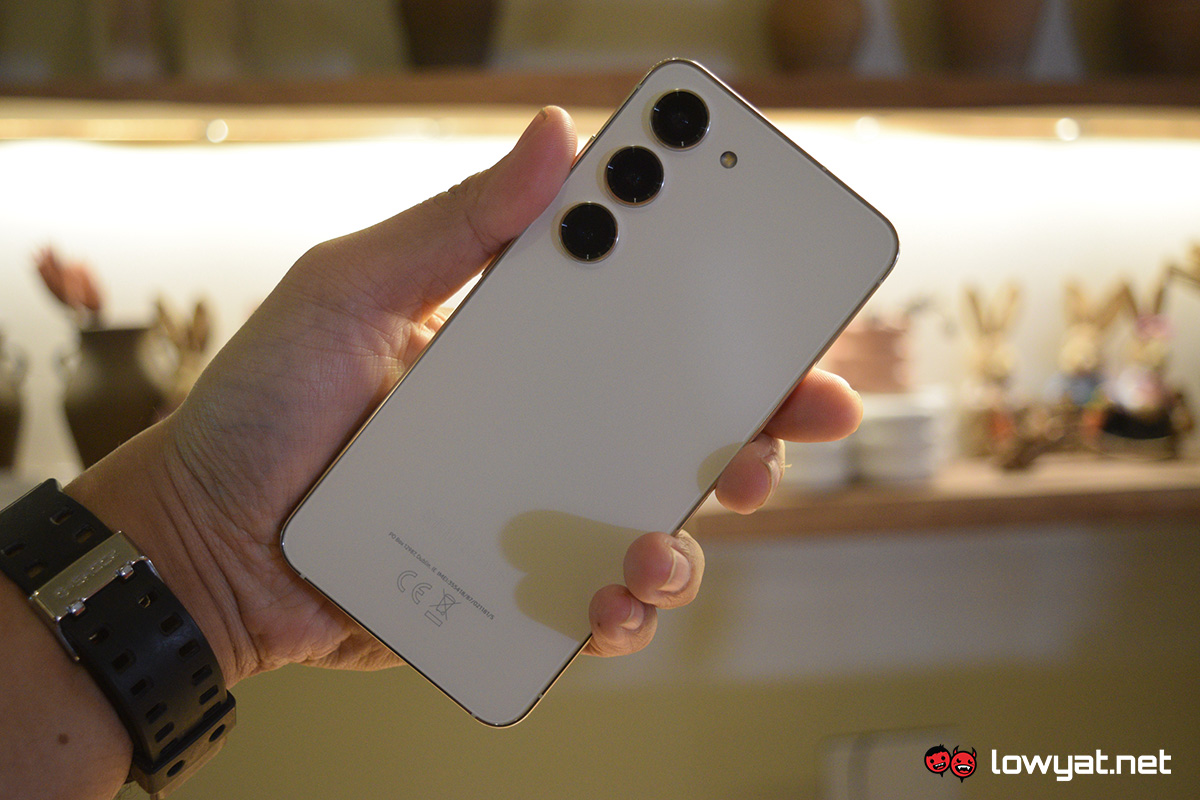
Obviously, we can’t leave out Samsung when comparing phones with the Snapdragon 8 Gen 2. The South Korean brand also takes it a step further by adding a customised version of the chipset into its offering that promises to outperform the standard version.
The Galaxy S23 starts at RM3,899 for the base 8GB+128GB model, so there is definitely the premium Samsung markup. It has a 6.1-inch 1080p AMOLED display with a refresh rate that can range between 48Hz and 120Hz. For the cameras, it features a 50MP main sensor, 12MP ultra-wide, and a 10MP telephoto lens with 3x optical zoom.
The battery capacity for the vanilla S23 is quite small at only 3900mAh and the charging speed is quite outdated, limited to only 25W. Its only charging advantage is that it supports reverse wireless charging, so it could become a power bank for some of your other devices that support wireless charging.
Redmagic 8 Pro

The Redmagic 8 Pro is the first Snapdragon 8 Gen 2 phone available in Malaysia that is focused towards mobile gaming. This phone has what the brand calls the ICE 11 cooling system, shoulder triggers for extra gaming buttons, and RBG lights with a built-in fan for the higher-end variant.
It starts at RM3,699 for the base 12GB+256GB model and sports a 6.8-inch 1080p AMOLED display with a 120Hz refresh rate. On the back, it is equipped with a 50MP main sensor, 8MP ultra-wide, and a 2MP macro lens, while the front houses an invisible under-display 16MP selfie camera.
The phone is powered by a massive 6000mAh battery and supports 65W wired charging, but it lacks support for wireless charging. It is also the only device on this list that has a 3.5mm headphone jack.
Conclusion
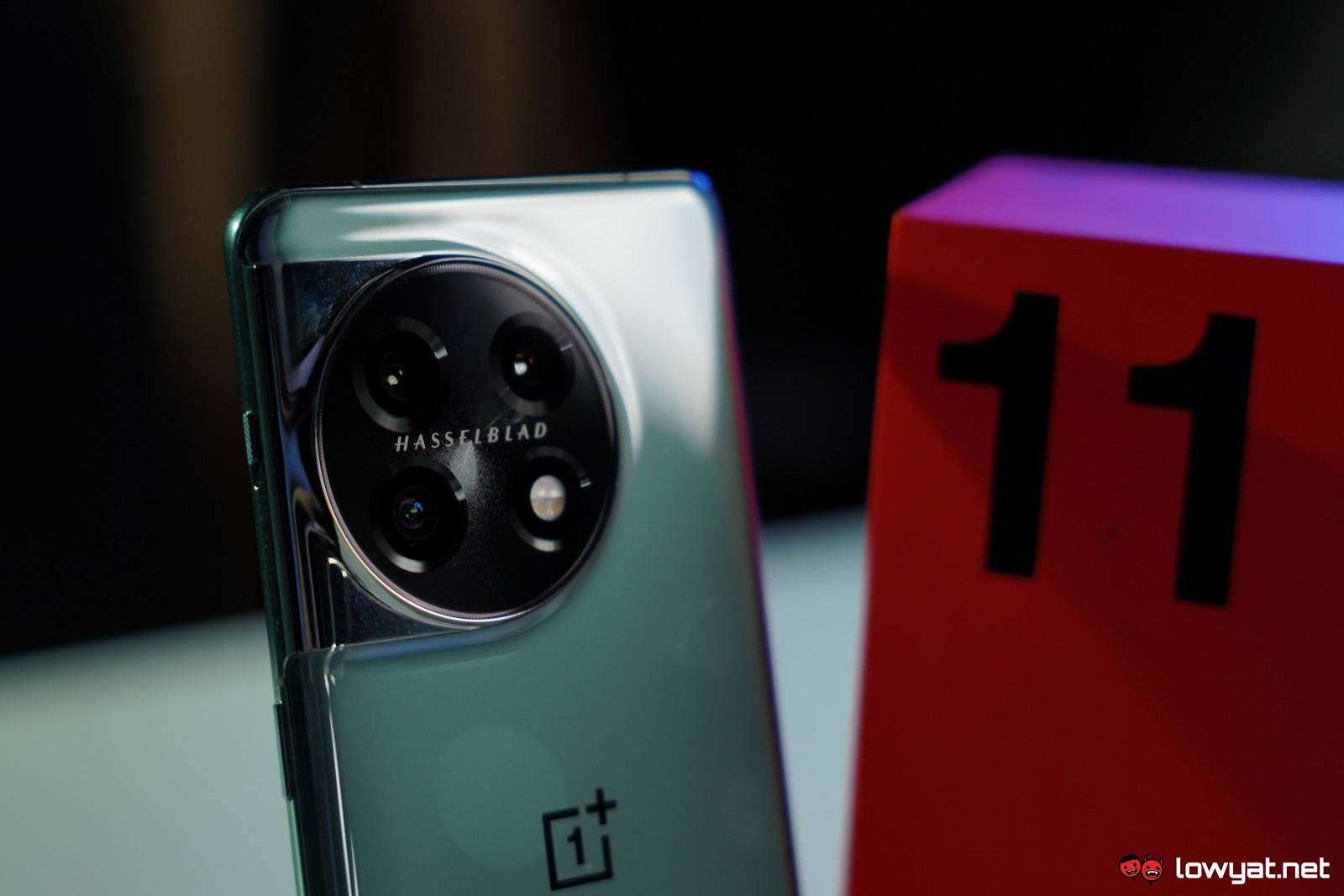
The OnePlus 11 is undoubtedly a good flagship for the brand’s lineup, going back to its original goal of providing bang for the buck. That said, aside from the refreshed design, it feels more like a minor update to last year’s devices rather than a proper new offering.
For those who are looking for a new flagship, it’s hard to argue with the pricing as it is offering a relatively decent camera, great charging support, and amazing battery life, all in a very familiar package. However, if you’re already using a 10T or 10 Pro, there’s not much about the 11 that should compel you to get an upgrade unless you’re really that desperate for the alert slider.
Follow us on Instagram, Facebook, Twitter or Telegram for more updates and breaking news.


